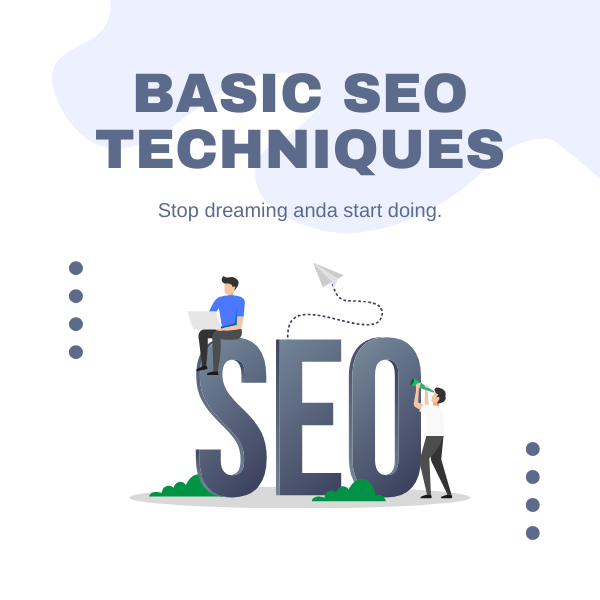Shopify SEO: The Way to Traffic and Boosting Sales
In the bustling world of online commerce, attracting customers isn’t always easy. While paid advertising can provide a quick boost, it comes with ongoing costs. Instead, building a strong SEO foundation is the key to unlocking sustainable, organic traffic growth.
This guide peeps into the essential strategies for optimizing your Shopify store for search engines, eventually driving targeted visitors and boosting your bottom line.
Why Prioritize SEO for Your Shopify Store?
Before diving in, let’s solidify the significance of SEO:
- Organic traffic reigns supreme: Studies reveal that a majority of online traffic originates from organic search. Ranking high in search results means more potential customers discover the store naturally.
- Cost-effective approach: Compared to the ever-rising costs of paid advertising, SEO offers a long-term, cost-effective way to attract buyers.
- Targeted audience: By optimizing for relevant keywords, connect with users actively searching for products offered, increasing conversion rates.
Laying the SEO Groundwork:
Before optimizing the store, ensure these fundamentals are in place:
- Custom domain: Ditch the “<invalid URL removed>” subdomain and invest in a custom domain name. This enhances brand authority and memorability.
- SSL certificate: Implement an SSL certificate to encrypt website data and instill trust in visitors.
- Mobile-friendliness: Ensure the store offers a seamless browsing experience across all devices, especially mobiles.
Optimizing Your Shopify Store for Search Engines:
Now, let’s explore key SEO tactics:
1. Keyword Research:
- Identify relevant keywords: Use tools like Google Keyword Planner or Ahrefs to discover keywords with high search volume and low competition that align with the target audience and product offerings.
- Match search intent: Understand what users are truly seeking when they use specific keywords. Craft content that directly addresses their intent, improving relevance and ranking potential.
2. On-page Optimization:
- Compelling titles and meta descriptions: Write clear, keyword-rich titles and meta descriptions that entice users to click on the search result.
- Product page optimization: Include relevant keywords in product titles, descriptions, and alt text for images. Highlight product features and benefits, aiming for informative and engaging content.
- Blog and content creation: Establish a blog and publish informative, keyword-targeted content that resonates with your audience. This not only attracts visitors but also establishes the brand as an industry expert.
3. Technical SEO:
- Site speed: Ensure the website loads quickly on all devices. Use tools like Google PageSpeed Insights to identify and address speed issues.
- Sitemap submission: Submit a sitemap to Google Search Console to help search engines index your pages efficiently.
- Structured data: Implement structured data markup to provide search engines with rich information about the products, enhancing search result snippets and potentially boosting click-through rates.
4. Off-page Optimization:
- Link building: Acquire backlinks from high-authority websites relevant to the niche. This signals trust and credibility to search engines, boosting the ranking potential.
- Social media engagement: Actively engage on social media platforms to increase brand awareness and drive traffic back to the store.
Remember: SEO is a continuous process. Regularly monitor the progress, analyze results, and adapt the strategies based on data and search engine algorithm updates.
Bonus Tip: Consider leveraging Shopify’s built-in SEO features and explore SEO apps to streamline the optimization efforts.
By implementing these strategies and staying persistent, a person can unlock the power of SEO and watch the Shopify store flourish with organic traffic and soaring sales!
